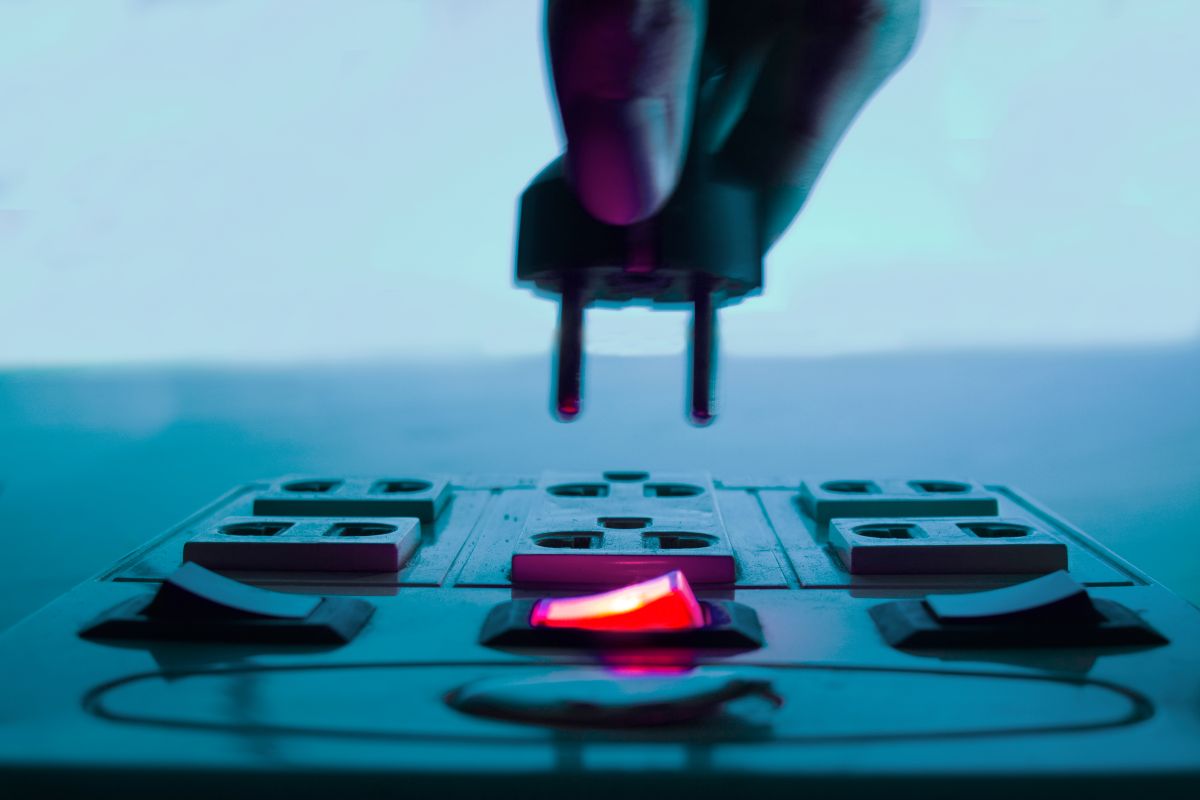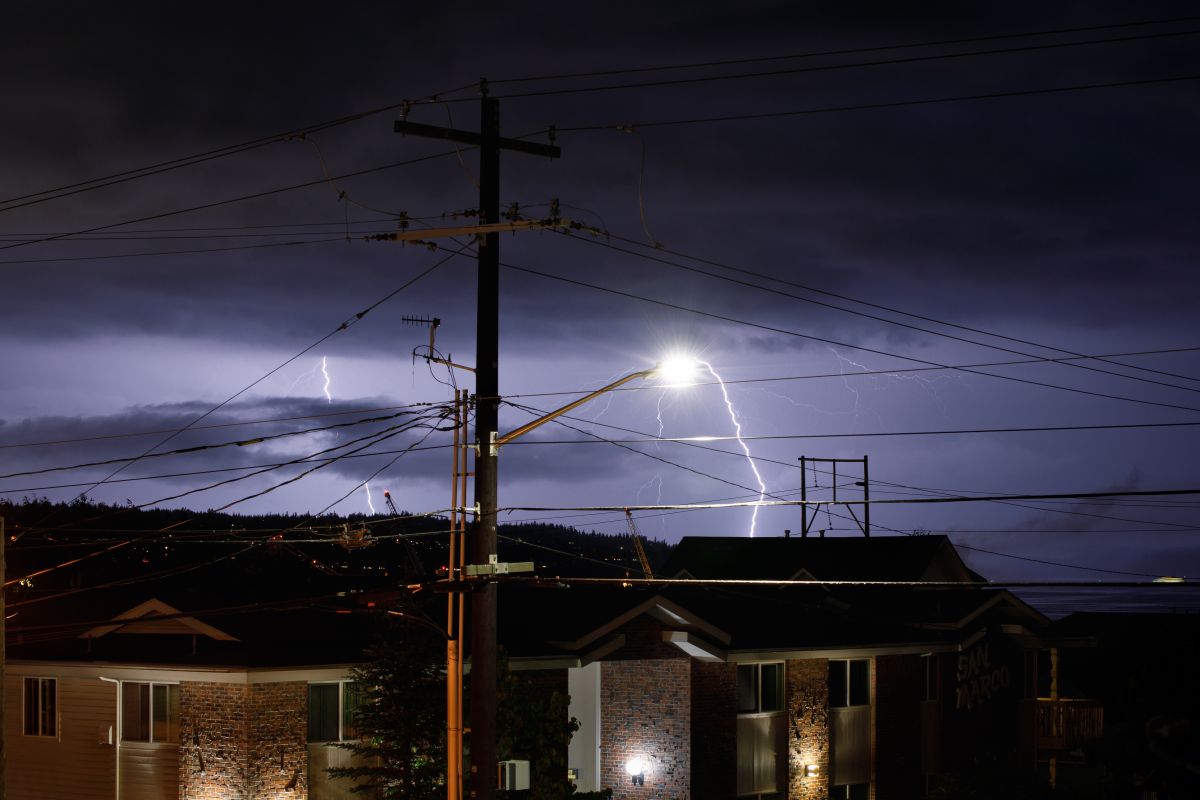
Here’s the scenario: You just spent a ton of money on a custom gaming rig, and you want to cut corners by skipping power protection.
There’s an unpredicted power outage a month into owning your new pride and joy, but you didn’t get any kind of protection against that kind of event.
The result? Your high-end gaming PC is now toast due to a power surge.
The kicker is that losing your computer was completely preventable if you hadn’t cut corners on surge protection.
Power protection is a non-negotiable part of owning a computer and costly electronics in general. It’s the best version of insurance you can buy because it prevents the damage from happening in the first place.
Power outages aren’t the only threat to your electronics and data. Not only are your devices susceptible to power outages (both extended and short-term), but they’re also at risk for unpredictable changes in voltage due to power surges and brownouts.
Products for power protection encompass basic surge protectors and power distribution units. A plain surge protector strip is better than nothing, but a PDU is the ideal investment for anyone who wants to protect multiple electronics in the same room as their PC.
For bigger rooms of gear, an uninterruptible power supply provides the ultimate protection, including a backup supply of power for extended blackouts to protect your data and open files.
What Are VA Ratings?
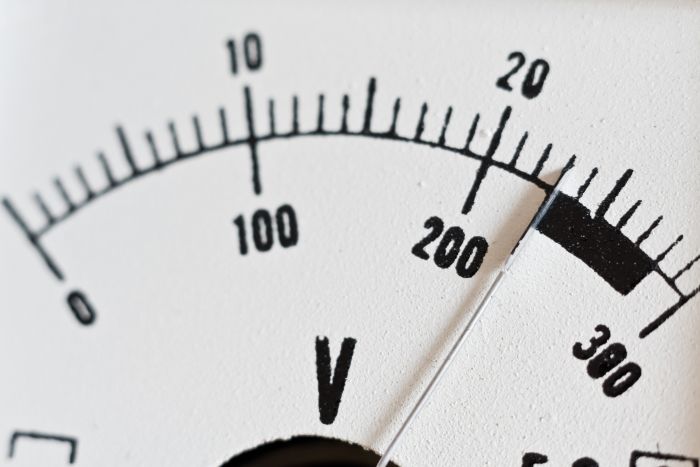
VA VA Voom
Your purchasing decision starts with a volt-ampere rating, or VA rating.
The VA rating of your power protection includes the voltage and current that the unit can handle.
It’s critical to choose a PDU (or another power protection device) that can handle the current that your electronics produce. It’s like plugging too many appliances into a room serviced by a single circuit breaker. In that case, your circuit breaker would, well, break… because the amperes produced by all those appliances together is too much for it to handle.
The same is true of your power protection.
You must choose a VA rating that can handle everything you’re going to plug into it, so make sure to think carefully about every electronic you want to use with this PDU. If you don’t, you could lose the PDU and the devices plugged into it.
Besides damaging your power distribution unit and the devices it’s supposed to protect, the accuracy of your power protection drops if the VA rating isn’t right. That’s why it’s so important to choose power protection that’s rated correctly for your needs.
To find the right VA rating, you need to know the current in amps and the voltage in volts of each device that you’ll plug into your PDU, surge protector, or uninterruptible power supply (UPS).
Scroll through all our Power Protection solutions
What Happens if the VA Rating is Too Low?
The most common problem with buying a PDU is finding out the hard way that the VA rating is too low.
The circuit created within the PDU contains a wire that is resistant to power traveling through it.
This is what determines how much current it can handle without causing damage to the electronics plugged into it, or damage to the PDU itself.
That’s right, if you choose power protection with a VA rating that’s low for the current output of your electronics, you could lose your PC (and other electronics) and the PDU, not to mention the data stored on your PC and server if applicable.
Can a VA Rating Be Too High?
Buying a PDU with a low VA rating can tank your electronics, but what about a VA rating that’s too high?
The good news is, a PDU, UPS, or surge protector with an oversized VA rating can’t cause any damage to your electronics, nor will it malfunction when you use it with electronics that are low-rated. Technically, a VA rating can’t be too high.
However, you’ll always spend more on a higher VA rating. If you don’t need a high rating, then it’s less cost-effective to choose one that’s higher than your power protection needs.
For the best results and the most cost-effective purchase, choose a power protection unit with a VA rating that covers your needs, but doesn’t necessarily exceed them by much.
A good PSU is your PC’s last line of defense
How to Calculate Your VA Needs

= 42
If you know the amps and voltage of power that you’re dealing with, then you can calculate your VA needs by using a simple calculator (or the equation behind it).
To convert single-phase amps to VA, you need the current in amps multiplied by the voltage in volts.
If you’re converting three-phase amps to VA, then the equation becomes the square root of current in amps multiplied by the line-to-line voltage in volts.
What is a PDU?
A power distribution unit is a bridge between your power supply and your power inputs (or the devices that you’ll plug into it, such as your PC and peripherals).
In its most basic form, a PDU can be the ever-familiar power strip, ideally with surge protection. You can buy these bare-bones PDUs without surge protection, but that’s not recommended. Surge protection hardly raises the price of a power strip and it’s well worth the extra cents for peace of mind.
Beyond that, you can buy a floor-mounted PDU that works as a power management bridge, handling the power loads of multiple racks of equipment all at once. You might see these in the office or in a LAN cafe, but anyone who runs a lot of equipment can benefit from a floor mount unit.
Then, a rack-mounted PDU or smart PDU is the titan of all power protection products, balancing the power loads of multiple switches, servers, and centralized data centers. Power users, big offices, and anyone running a bunch of servers can benefit from a smart PDU, but for most heavy users, a floor-mounted PDU will do.
When Should You Consider Power Protection?

Reflecting on Protecting
Every computer user should consider power protection, whether you’re a power user or running a low-power machine.
Power surges don’t discriminate, and you don’t want to find yourself with a fried desktop (or an entire rack of fried gear) no matter what kind of user you are.
That being said, you should consider different types of power protection units based on your power load.
They include:
- Surge protectors or power strips
- Power distribution units (PDUs)
- Uninterruptible power supply (UPS)
These beautiful Gaming PCs are definitely worth protecting
The Best Power Protection for Gaming Desktops
Buying the best power protection for your situation is a non-negotiable part of outfitting your machine and all the power load that comes with it.
Depending on your needs, you might be on the market for a PDU, surge protector, or UPS (uninterruptible power supply).
Here’s the best of each type of power protection, each rated a perfect five stars by real users:
Best Power Distribution Unit (PDU): CyberPower 12-Outlet, 1800 Joules Rackbar Surge Strip
The CyberPower Rackbar Surge Strip is the top-rated power distribution unit, and for good reason.
This powerhouse PDU comes in a rack-friendly format, ready for mounting to your electronics rack so you can get protected as fast as possible.
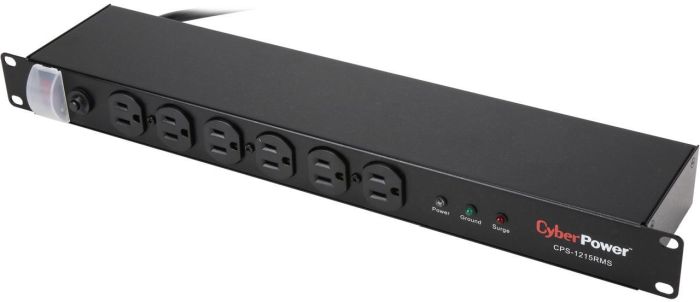
Rangers! In order to defeat Rita Repulsa you’ll need to harness the Cyber Power!
Its features include:
- 12 outlets to handle an entire rack’s worth of devices
- 15-foot cord that reaches as far as you need it to
- 1800 joules, 120V capacity to accommodate all your power output
The CyberPower Rackbar Surge Strip soaks up the power surges caused by storms, electrical outages coming back live, or simple electrical flukes, making it a must for protecting your rack.
Browse through all our PDUs
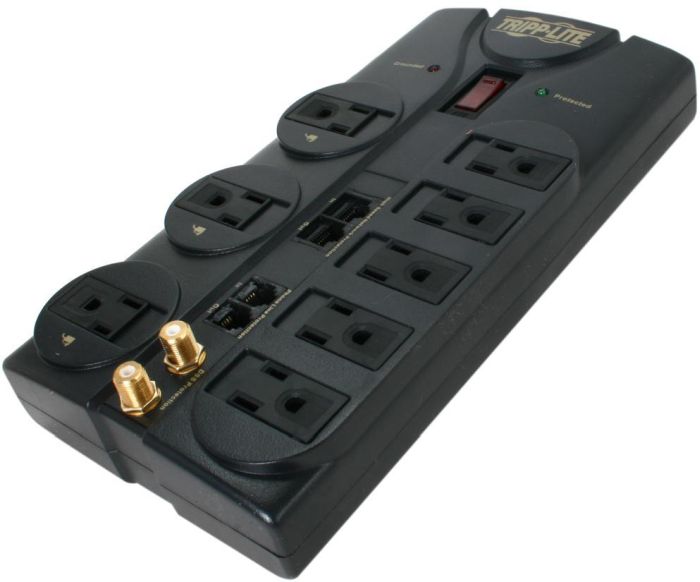
A better surge protector than Dugtrio
Best Surge Protector: Tripp Lite Protect It!
The best-rated surge protector is the Tripp Lite 8-Outlet, 3240 Joules Protect It! Surge Protector.
This premium model boasts:
- Premium data line protection
- Advanced internal noise protection
- 3240 joules rating
- 8 transformer safety outlets
- 120V, 800-watt capacity
Mounting slots on the outside of the durable high-impact housing make it simple to attach the Tripp Lite wherever you need it so you don’t have to worry about it slipping around or dislodging.
This gold-standard surge protector is independently rated and verified, fully tested, and certified to UL standards so you know you’re getting the very best protection for your devices.
We have a huge selection of Surge Protectors
Best Uninterruptible Power Supply (UPS): Tripp Lite Smart Pro 500 VA Tower Line Interactive UPS
The Tripp Lite Smart Pro 500 VA Tower Line Interactive UPS is rated five stars for top performance and user-friendliness.
This favorite UPS features:
- 550 VA tower with 120V line to accommodate most heavy power output
- 6 NEMA 5-15R outlets, including three UPS battery-supported outlets and three surge protection outlets
- USB port with TEL, DSL and ethernet protection
- NEMA 5-15P input plug for top security against surges and power spikes
- Built-in AVR to control brownouts or power sags
- Battery backup to keep systems online during power outages
- Surge protection against transient voltage changes that could cause damage to your systems
- LED indicators for signal power, voltage correction, battery power, and load level
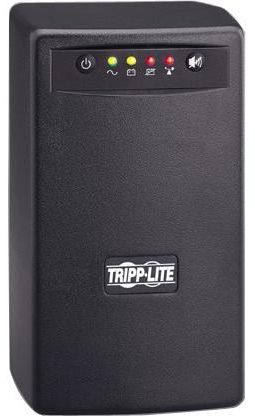
What’s UPS, Doc?
Not only that, but this line-interactive UPS comes with a three-year warranty and $200,000 insurance policy to give you the ultimate peace of mind that your data and network systems are covered in the event of downtime or dangerous power events.
It provides backup power that lasts longer than most power outages and protects open files during longer blackouts or brownouts. The result is protection that exceeds damage to your computers: you’re also protected against lost files, which can be irreplaceable.
This UPS by Tripp Lite is a top choice by users who want to protect home or office computer systems and electronics, including computers, workstations, routers, consoles, and much more.
Check out all of our UPS options
The Bottom Line on Power Protection
Going without power protection is a non-option for every kind of computer user, whether you’re a casual gamer with a single desktop or a power user running servers and a houseload of electronics.
Power protection isn’t just for big offices, it’s for everyone who wants to protect their systems to the greatest extent from damage due to power surges, brownouts, and extended blackouts.
No user is safe from the inevitable changes in current that occur over time, whether they happen because of weather or mere chance. That’s why power protection is a critical investment for single desktop setups and consoles, displays and sound systems, and even servers.
For everything that powers you, shop Newegg

